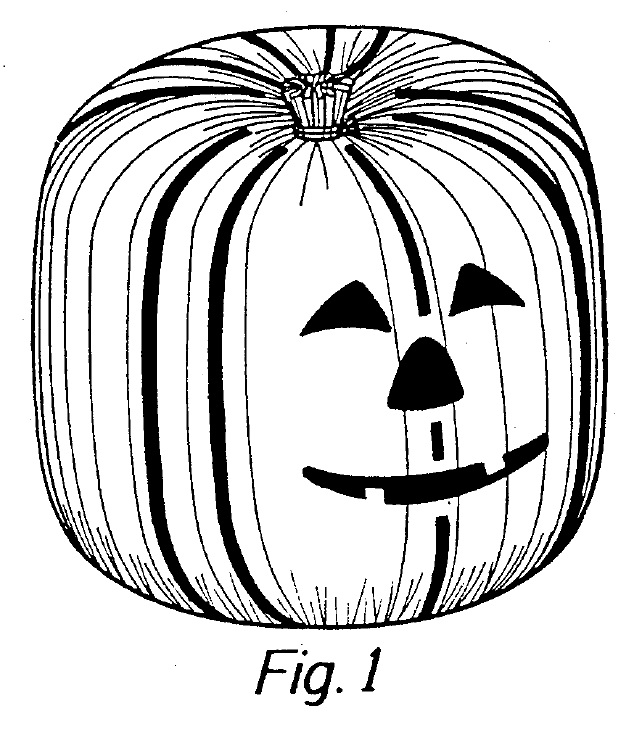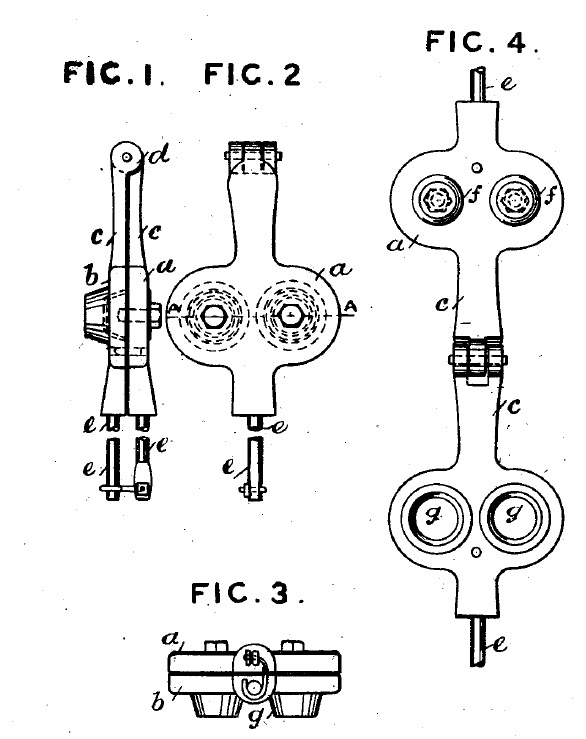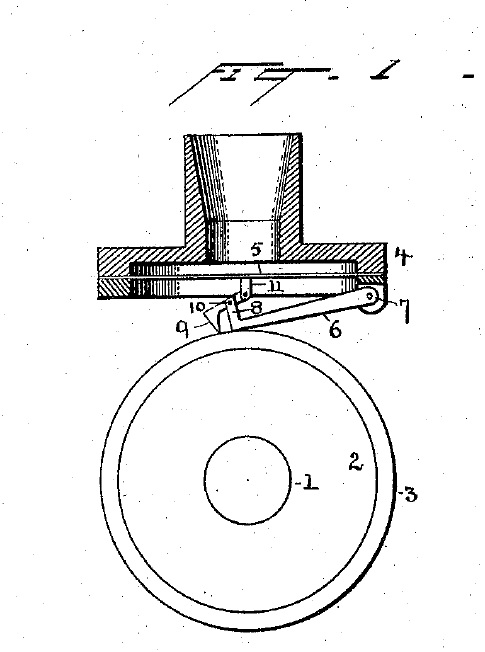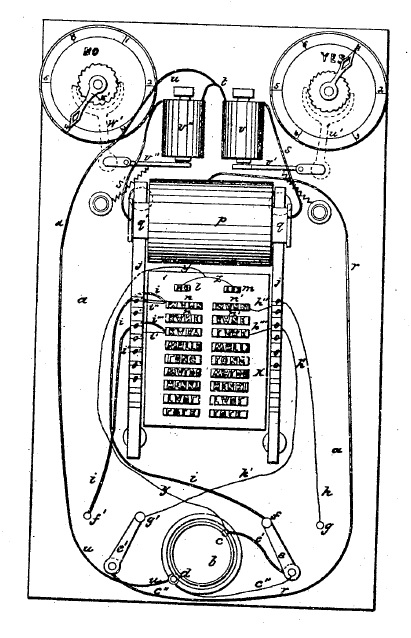In Indacon, Inc. v, Facebook, Inc., [2015-1129] (June 6, 2016), the Federal Circuit affirmed the district court’s claim construction, leaving intact the parties stipulation of non-infringement based upon that construction.
At issues was U.S. Patent No. 6,834,276, claiming a system for replacing link terms with links. Facebook argued that the claims of the patent required all of the link terms with links, while Indacon argued that the claims did not require replacement of all of the link terms.
The Federal Circuit began with the observation that “link term” these terms had no plain or established meaning to one of ordinary skill in the art, and as, they ordinarily
cannot be construed broader than the disclosure in the specification. The Federal Circuit then noted that the specification explains that “[t]he link module
enables association of any selected link term with any of the plurality of files in the selectable database.” Which the Federal Circuit took to mean all of the selected link terms, and then pointed out in the specification, language that it found reinforced the idea that all of the link terms were replaced.
The nail in the coffin, however, was the “additional support” the Federal Circuit found in the prosecution history, where the patent owner argued that
Applicants’ invention provides a user with a linking
control panel in which the user can designate
a specific file to be linked with every instance of a
specified word (and any associated alias terms) in
the database. After the index is generated, the
program displays every instance of that custom
term (and its alias terms, if any) as a hyperlink to
the designated file. . . . These innovations distinguish
Applicants’ invention from [the prior art].
Indacon argued that because the references to “every instance” in the prosecution history were not the “critical contrast that applicants were trying to make over the cited reference,” these statements cannot form the basis for disavowal. However the Federal Circuit did not need to make a finding of disavowal, given the fact that the link claim terms lacked a plain or ordinary meaning in the art, and because the specification suggested limiting the scope of these claim terms to allowing each instance of a defined term to be identified and displayed as a link. Indacon’s attempts to use claim differentiation were also rejected because the claims were not otherwise identical in scope, and in any event, it “cannot enlarge the meaning of a claim beyond that
which is supported by the patent documents.”






